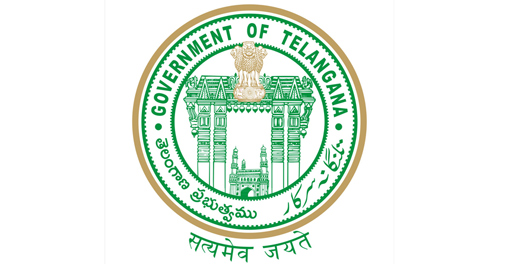 World Health Organisation defines disability in a very comprehensive way. It describes ‘disabilities’ as an umbrella term covering impairments, activity limitations and participation restrictions. This puts disability as a complex phenomenon, reflecting an interaction between features of a person’s body and features of the society in which he or she lives.
World Health Organisation defines disability in a very comprehensive way. It describes ‘disabilities’ as an umbrella term covering impairments, activity limitations and participation restrictions. This puts disability as a complex phenomenon, reflecting an interaction between features of a person’s body and features of the society in which he or she lives.
Rehabilitation and empowerment of disabled persons, better defined as differently able is gaining prominence among policy makers as they form a significant proportion of our population. Even with a narrow definition of ‘disability’, the proportion of disabled in India as per census 2001 is 2.13 percent of total population.
The government of India and also the state governments have framed various policies for persons with physical disabilities:
- Scholarship
- Concessional assistive devices
- Job reservation
- Health benefits
- Concession facilities in traveling
- Special training institutions
- Tax benefits
- Loan for business at concessional rate etc.
Classification of disabled population by different categories of disabilities shows that the proportions of people with seeing disabilities are highest among disabled followed by movement disability.
The same census of India 2001 document mentioned “Defining and measuring disability is a complex issue. For ensuring optimal utilization of all schemes being extended for the benefit of PwDs, a comprehensive tool to capture the heterogeneity amongst differently able persons is a huge challenge.
What is SADAREM?
Software for Assessment of Disabled for Access, Rehabilitation and Empowerment (SADAREM) is a web-based software programme that allows a scientific assessment of disabilities and it is being implemented across the state of Andhra Pradesh by Society for Elimination for Rural Poverty (SERP) in close coordination with the Women, Child and Disabled Welfare Department.
Main objective of the SADAREM initiative is to create a Dynamic Web enabled system for comprehensive access, rehabilitation and empowerment, through automation, capacity building, assessment of persons with disabilities (PWDs) and maintaining a Decision Support System (DSS).
Main features of SADAREM:
- Scientific assessment of degree of the disability is done on the basis of methods and formulas prescribed in the Gazette 2001 issued by the Ministry of Social Justice and Empowerment, Govt. of India
- Generation of a computer based Disability Certificate with unique ID along with Identity Card.
- Assessment of needs and maintaining the centralized data base. Software will also generate all the details including the support services that the disabled persons are entitled, based on the need assessment and a record of the services provided from time to time.
- The database thus generated will be hosted in the Public Domain to enable service providers to reach out to the disabled persons. How it Works?
Earlier, doctors used to ascertain the disability of a person based on the guidelines and their discretion. In the current approach (SADAREM), the doctors are instructed to enter only the details of parameters of the person into the system, following which the software automatically assesses the percentage of disability of that particular individual. Accordingly, a computer generated disability certificate with a unique ID and identity card is issued to the concerned person.
What difference does it create?
Due to negligence, irregularities and corrupt practices most of the disabled people in the rural areas are unable to receive the pensions and their entitled services. Once the screening process under SADAREM is completed, all ineligible persons enjoying pensions will be weeded out while it will become easier for the right beneficiaries to receive the help they need. Besides identifying the eligible persons and issuing them certificates, the software will also generate details of the support services that a disabled person is entitled to.
The database created through SADAREM will be hosted in the public domain to ensure transparency and enable service providers to reach out to the disabled persons. PwDsdesire an identity and self reliance the most, literacy rate is fairly good among disabled. The major barrier to employment by the people with disabilities in our society continues to be attitudinal barriers; stereotypical thinking and assumption about what people with disabilities can and can’t do. SADAREM as a tool clearly spells out the requisite information for both PwDs and potential benefactors making it a highly useful instrument for development activities.
ref: https://www.serp.ap.gov.in